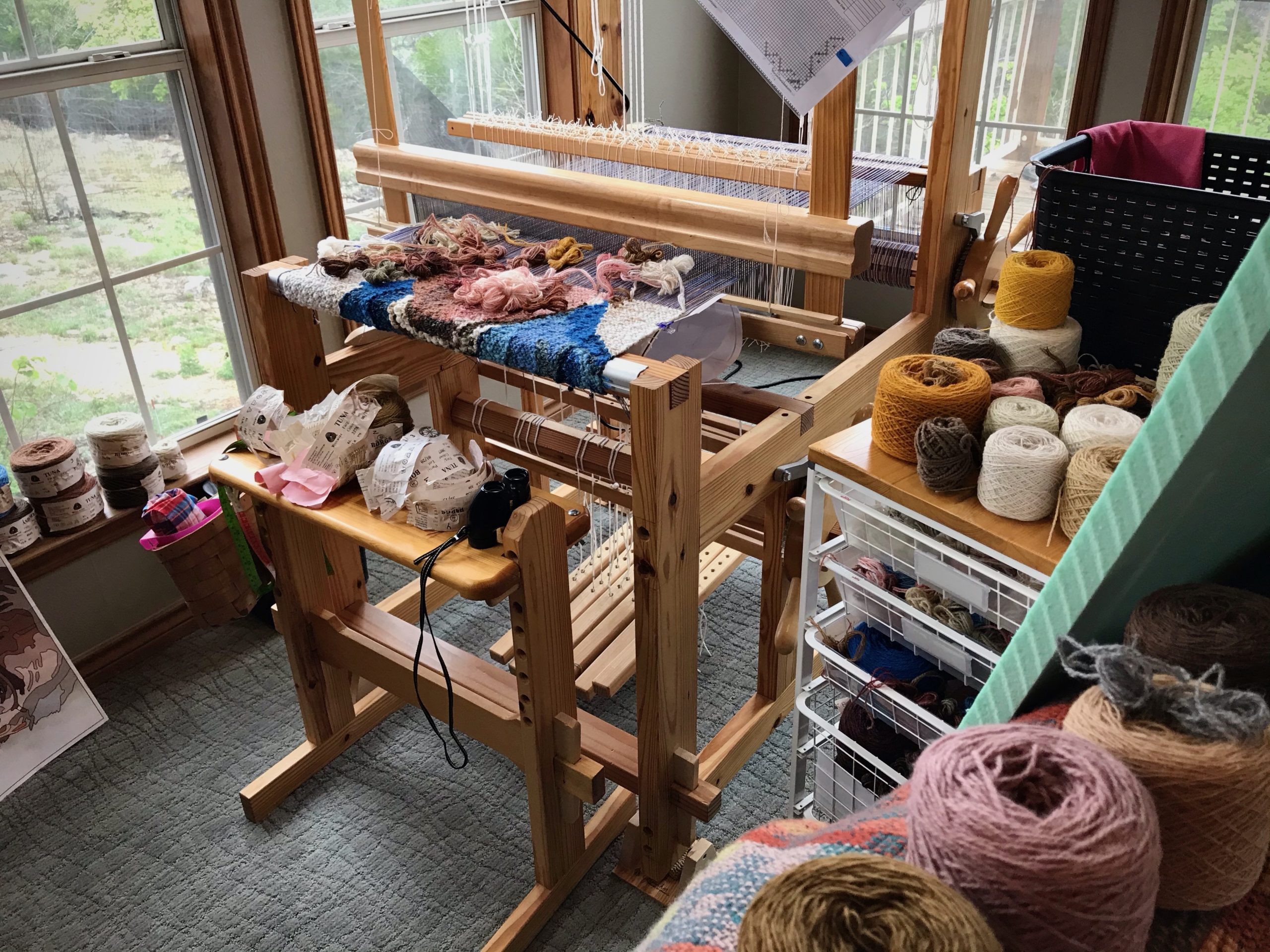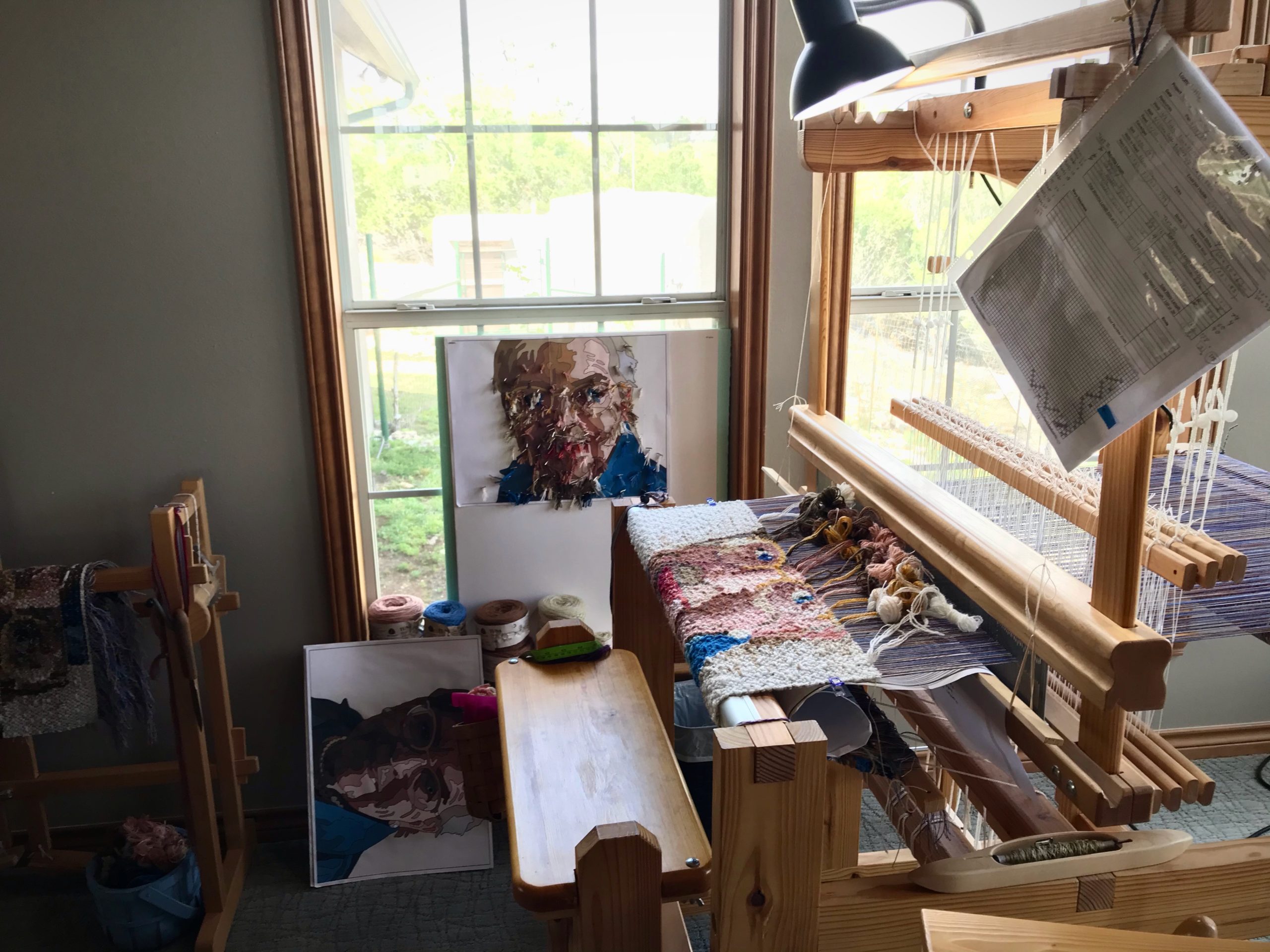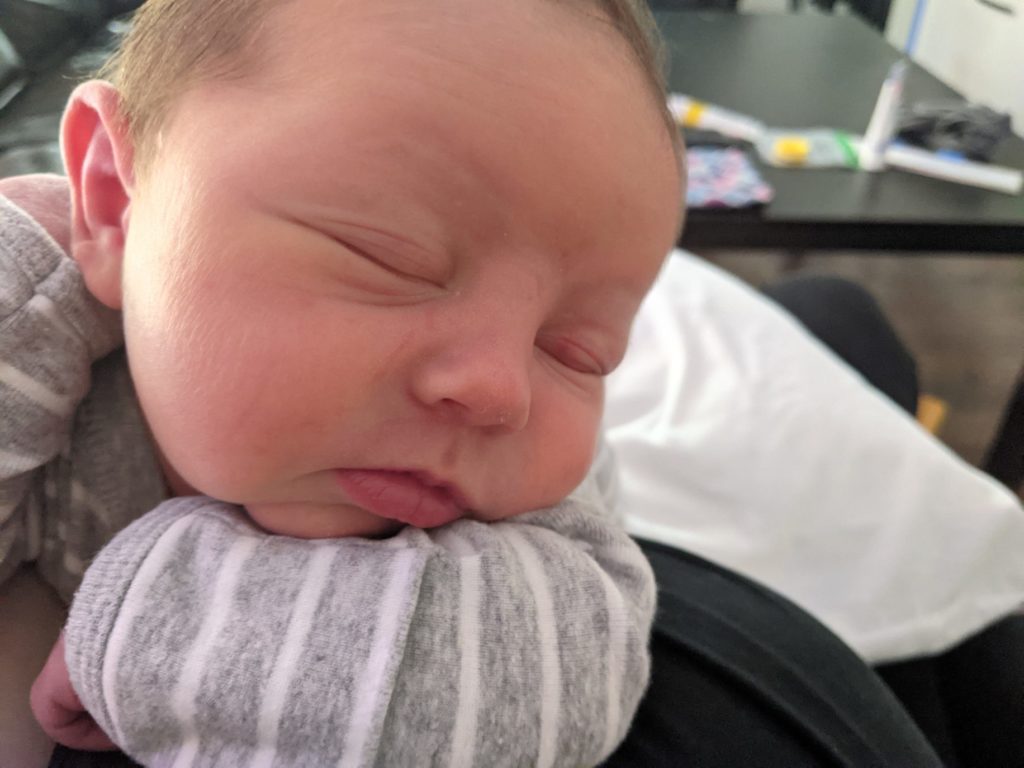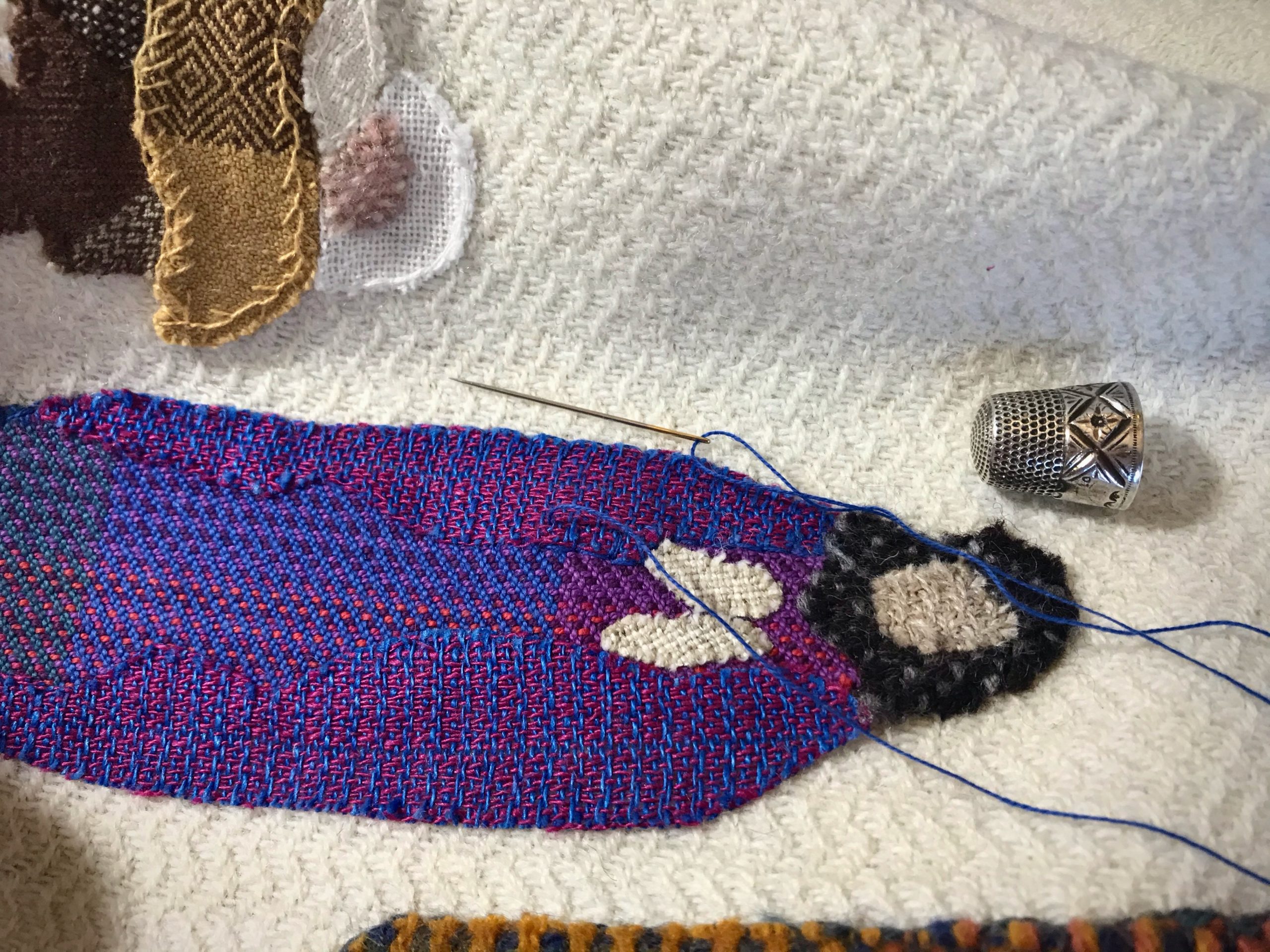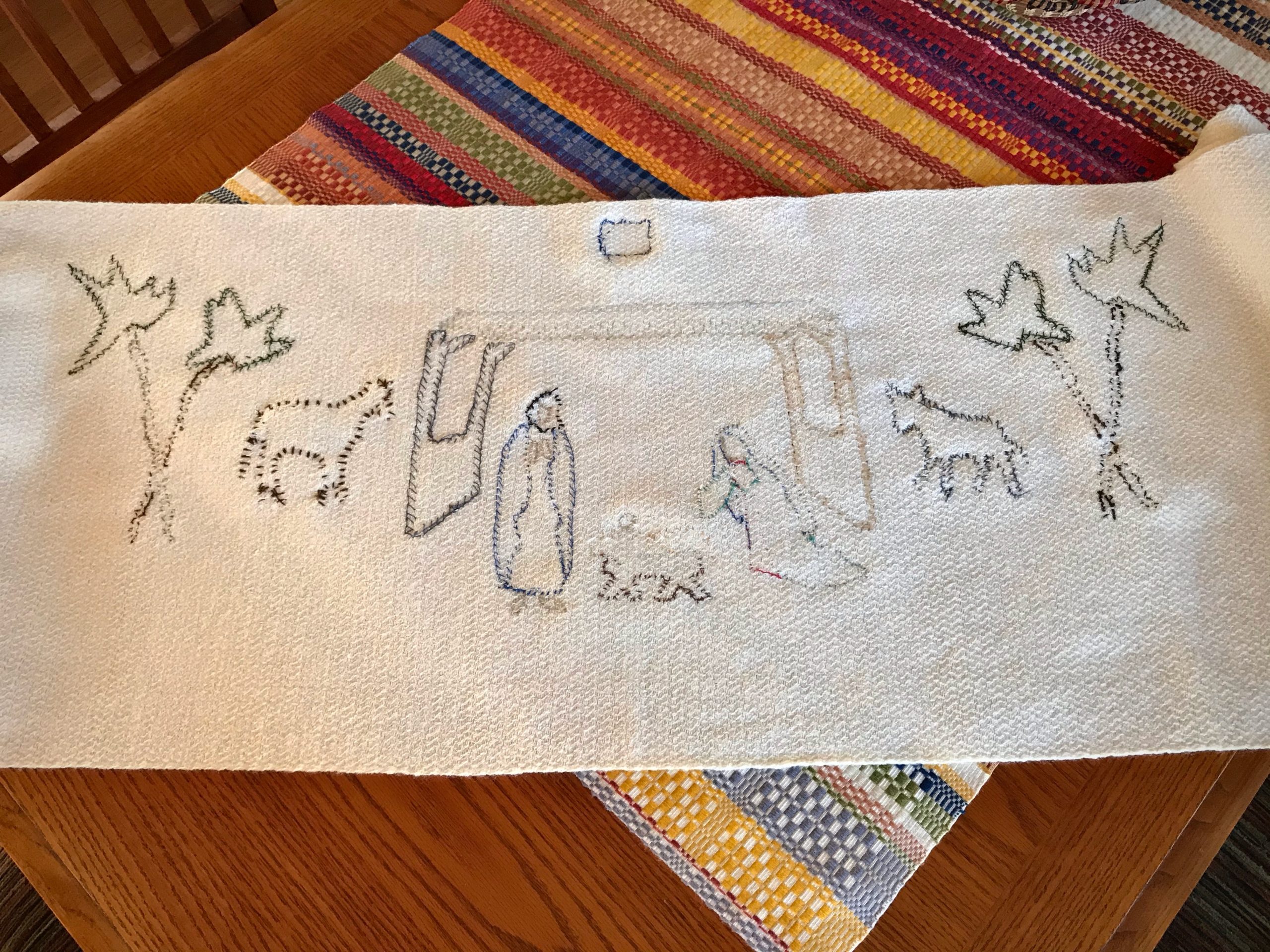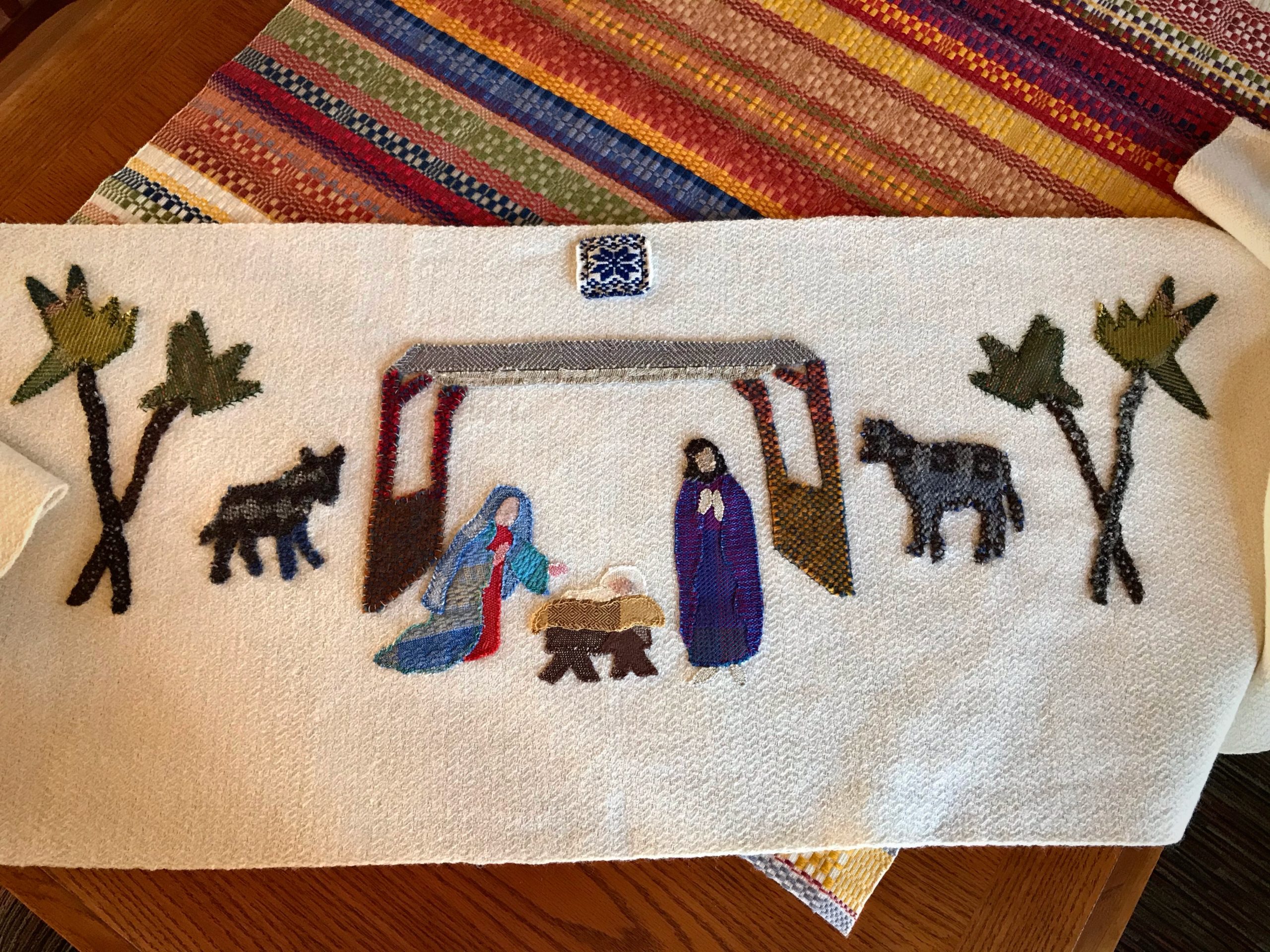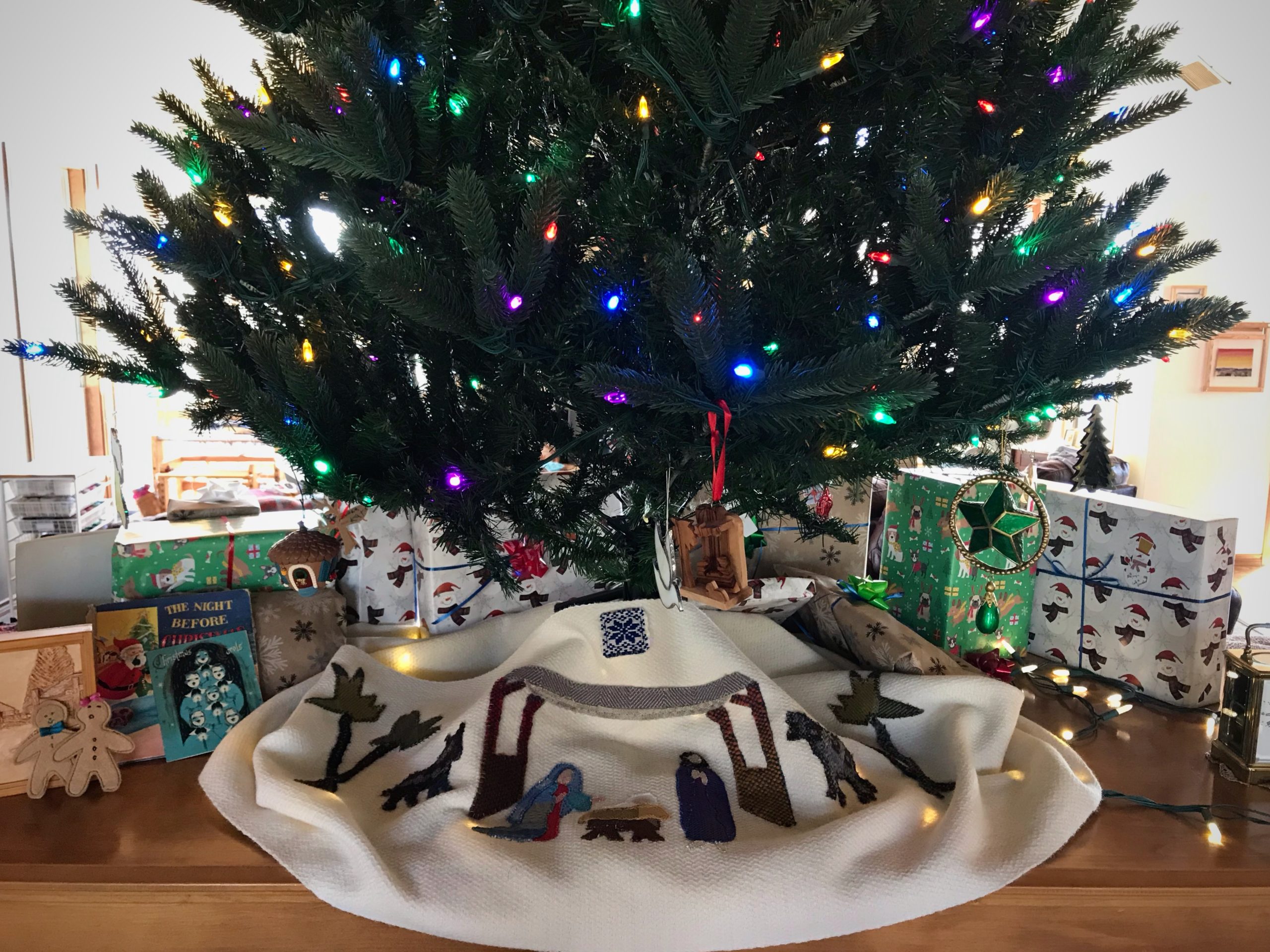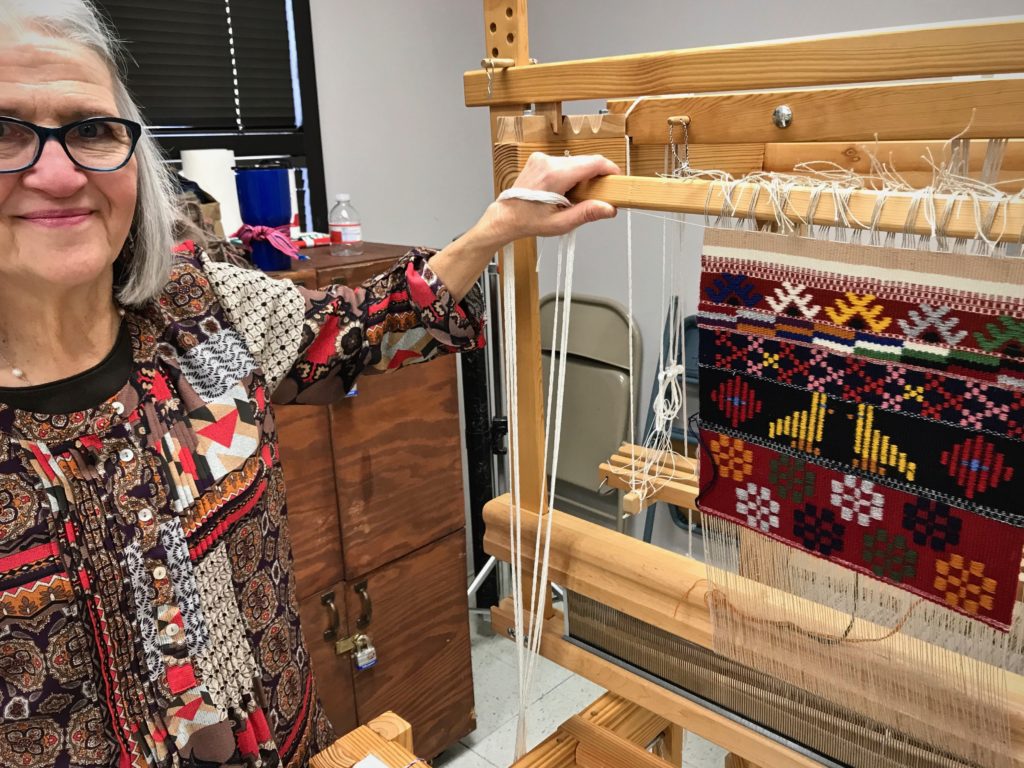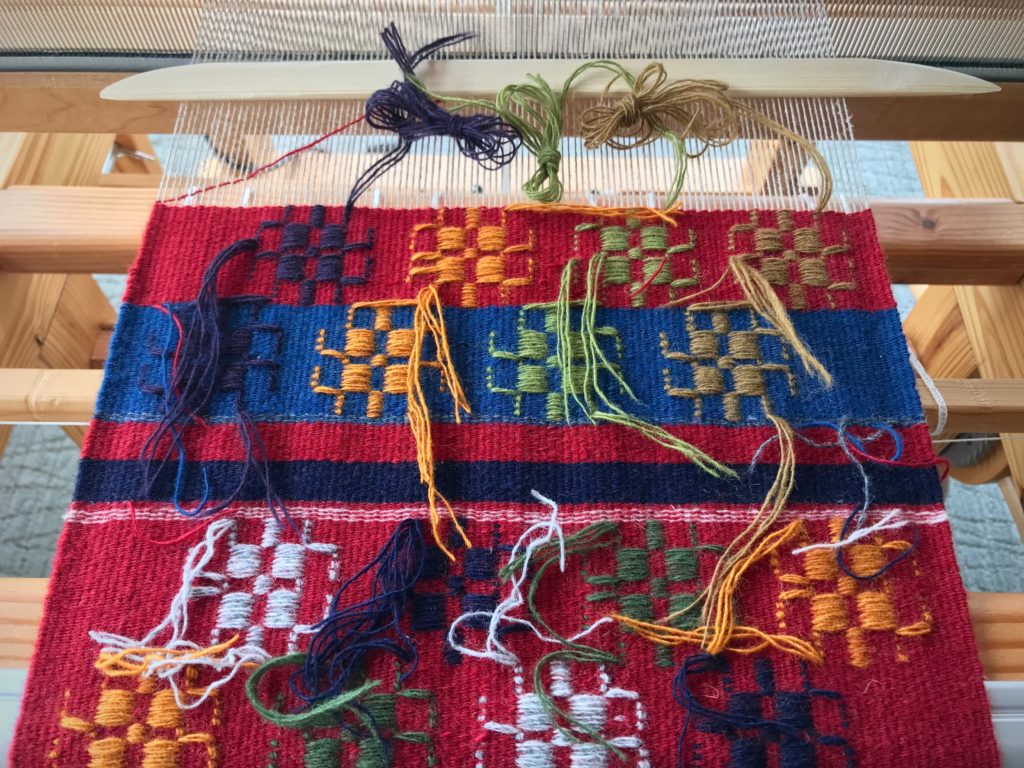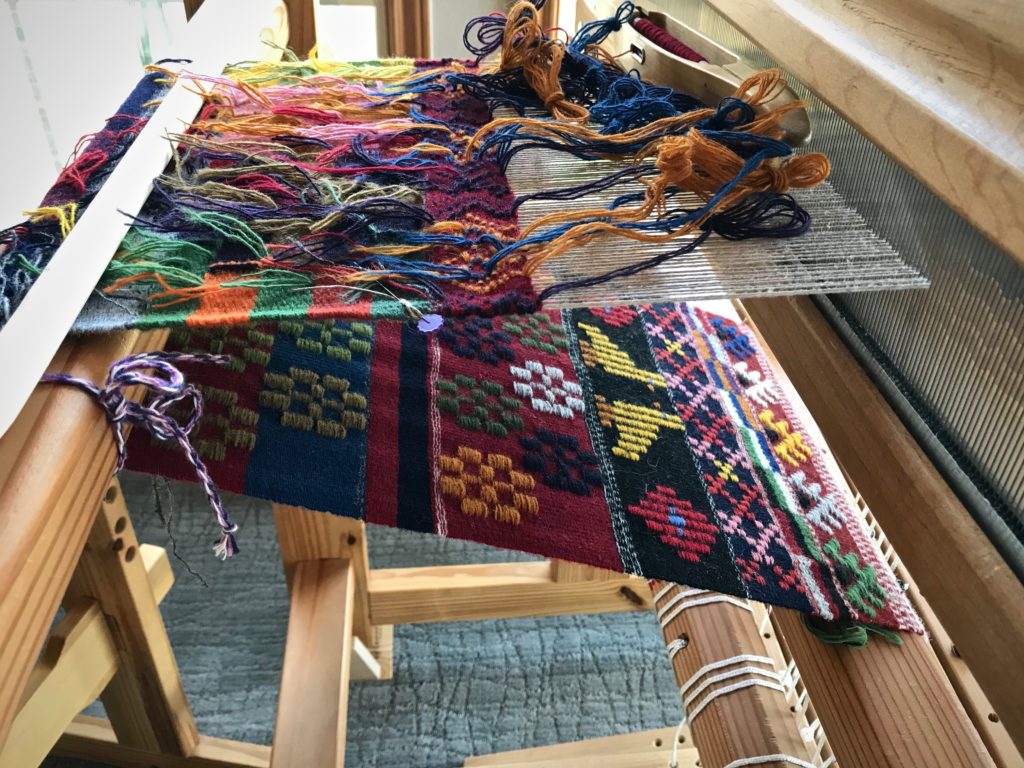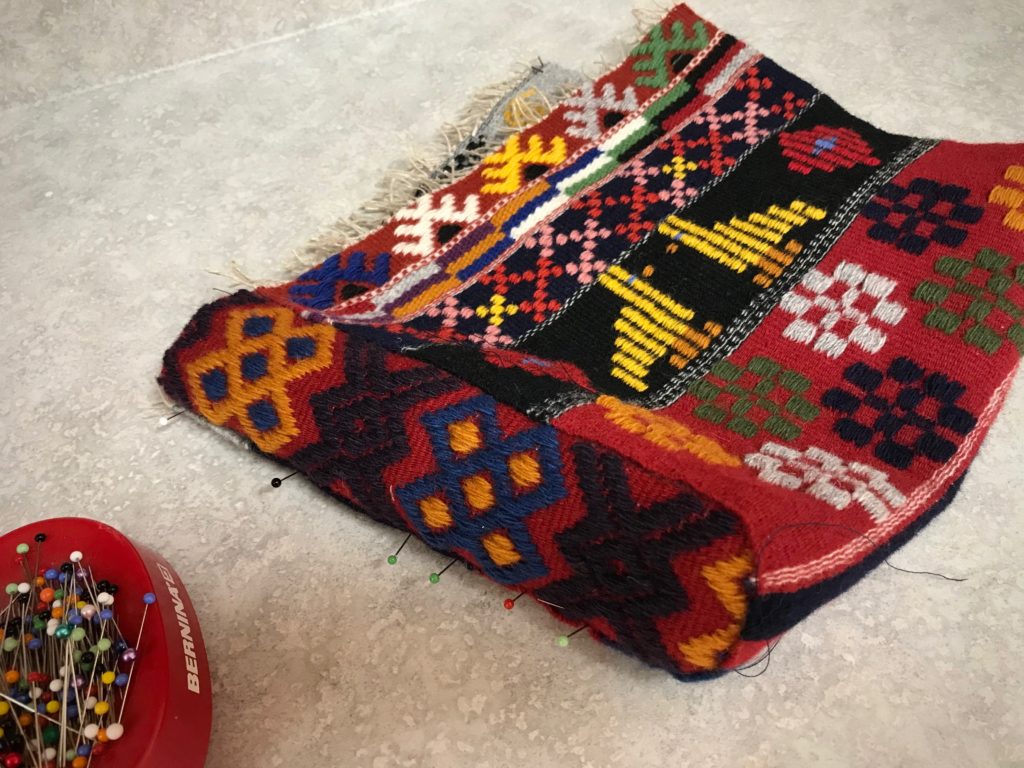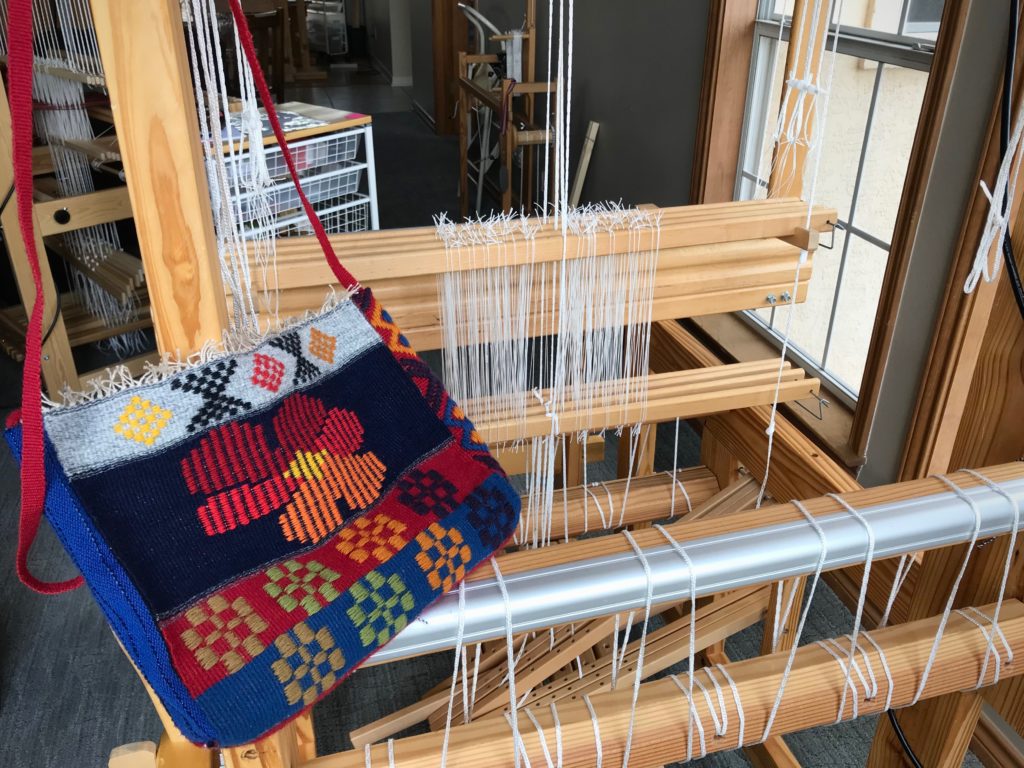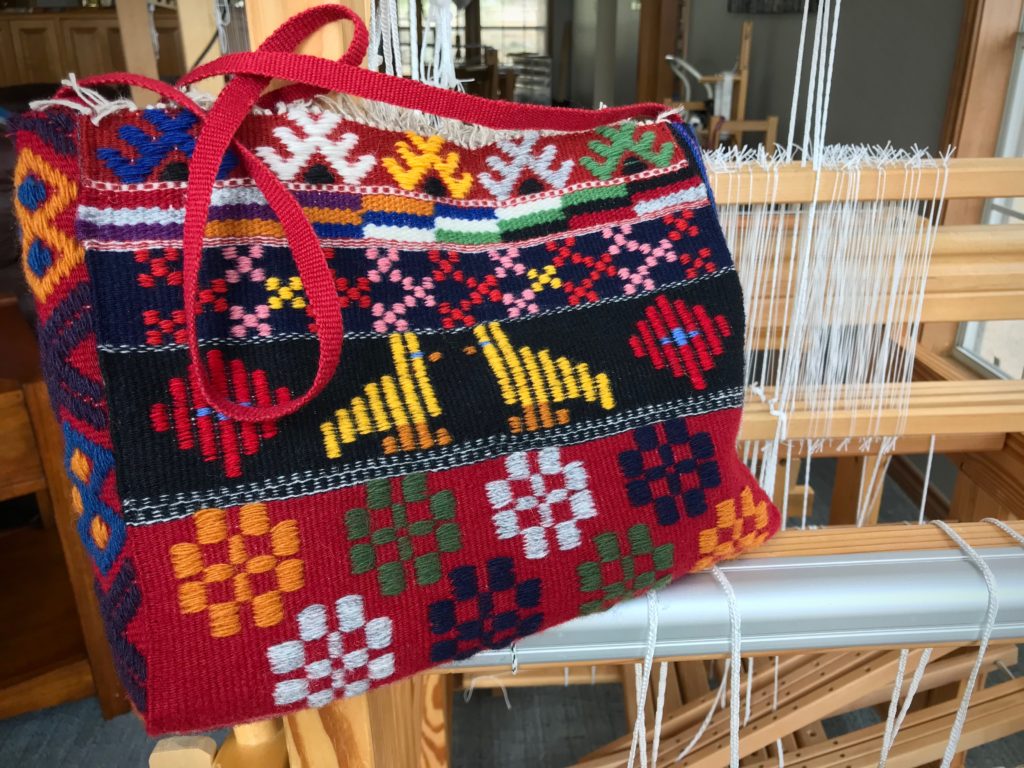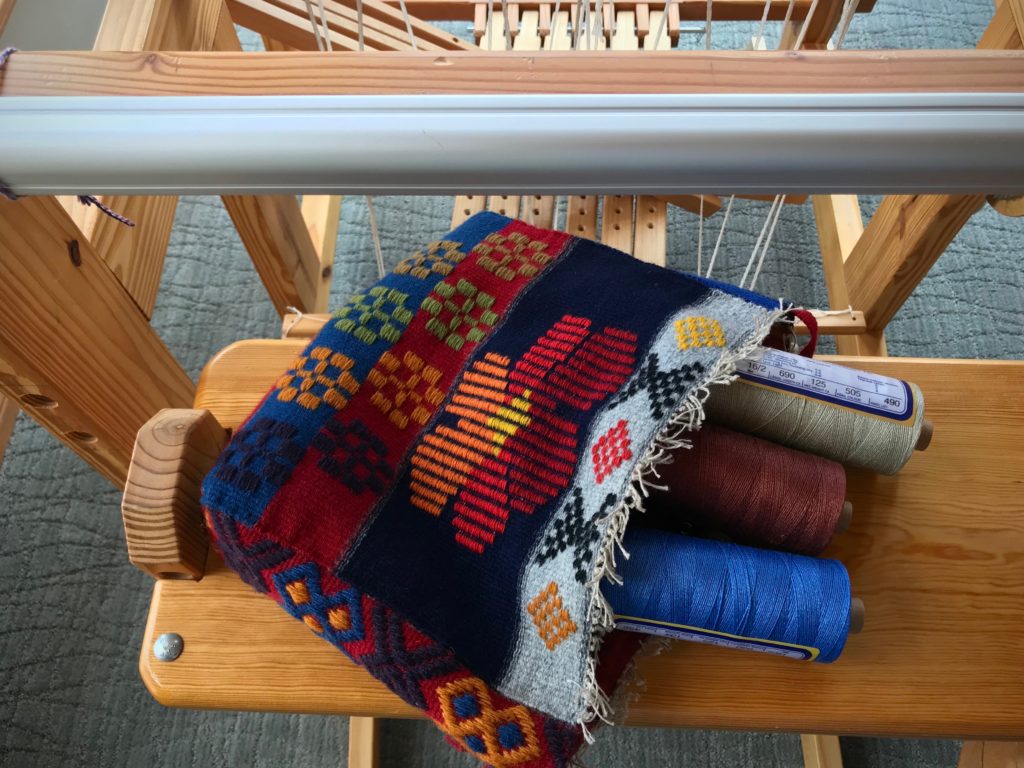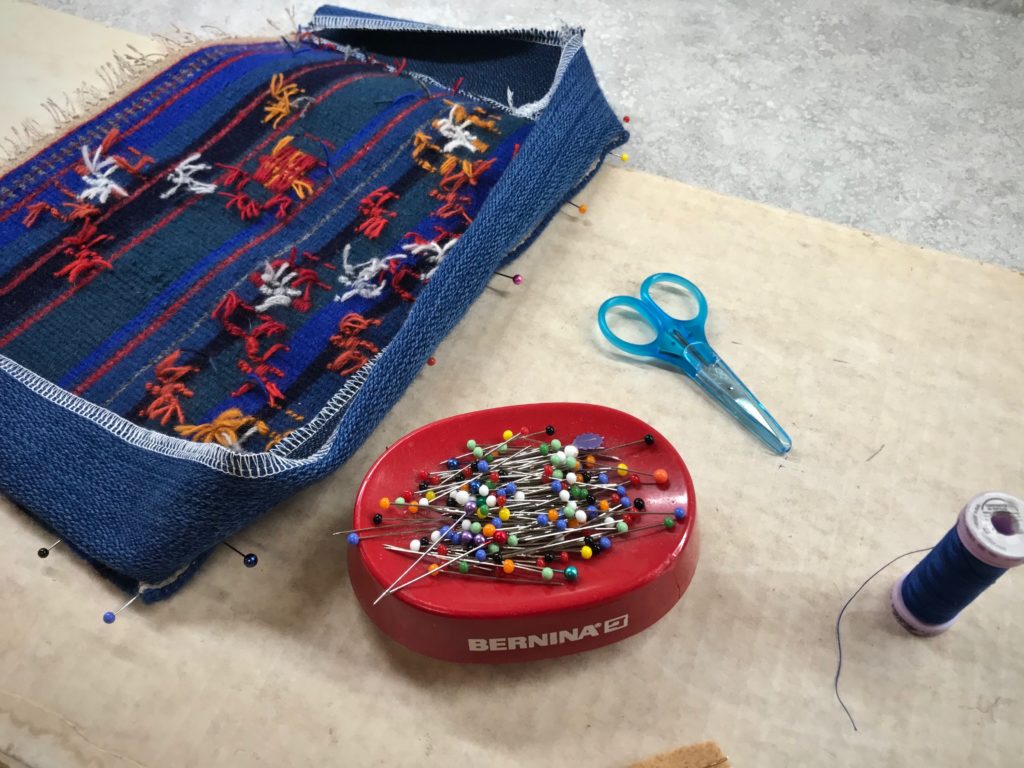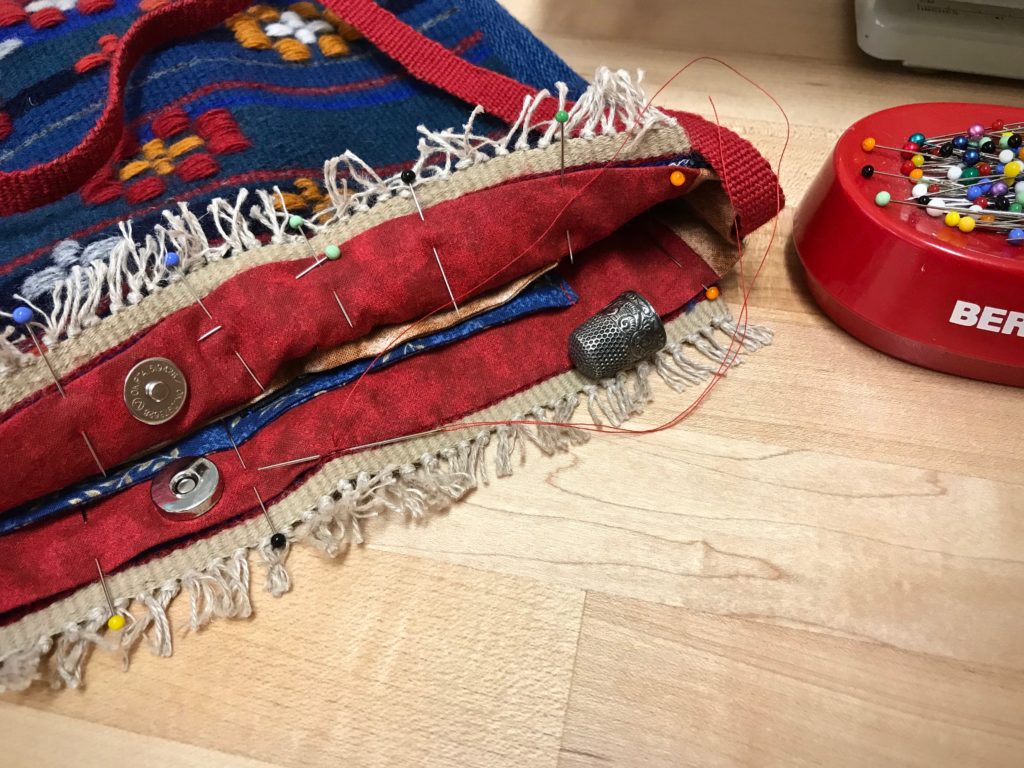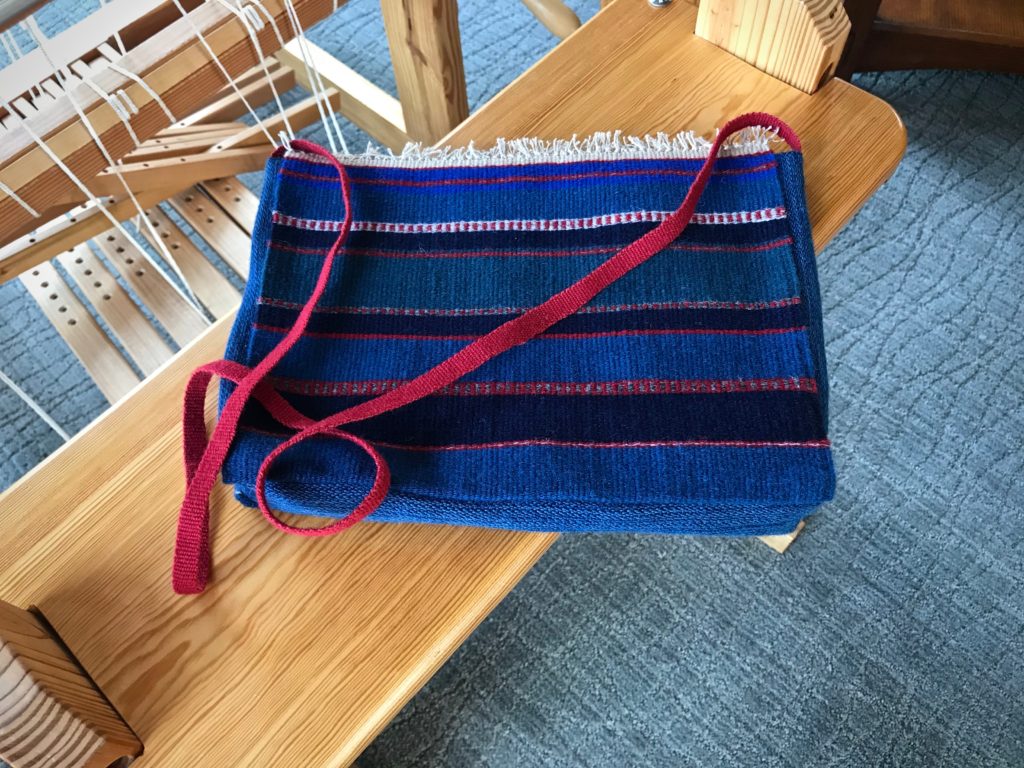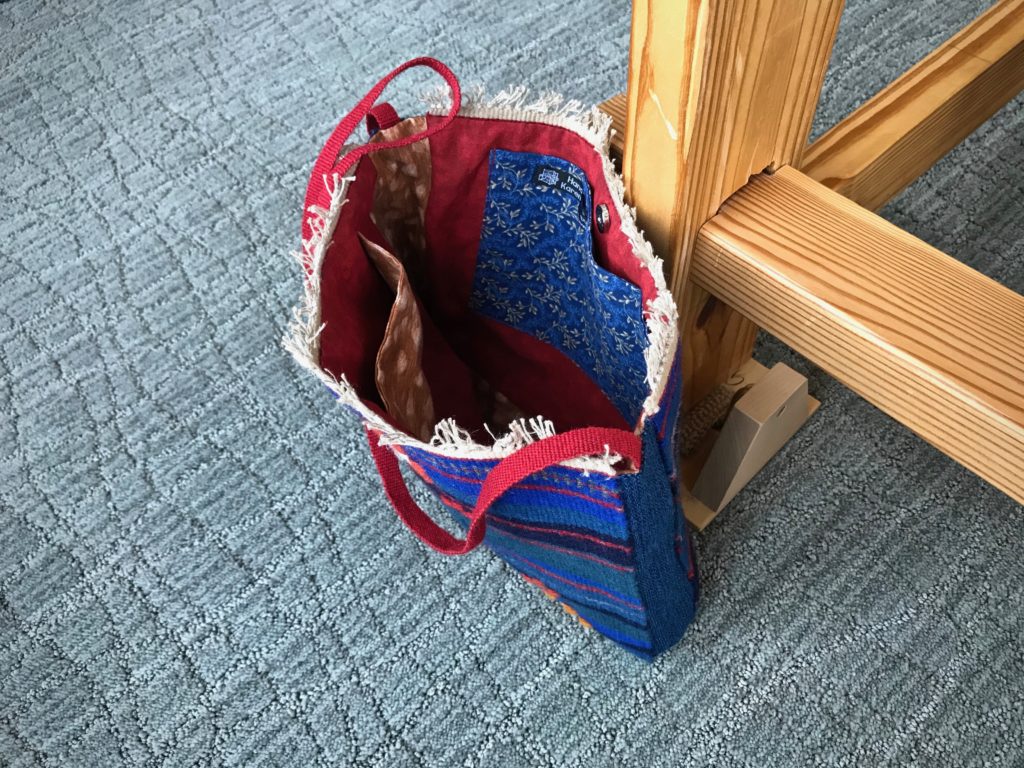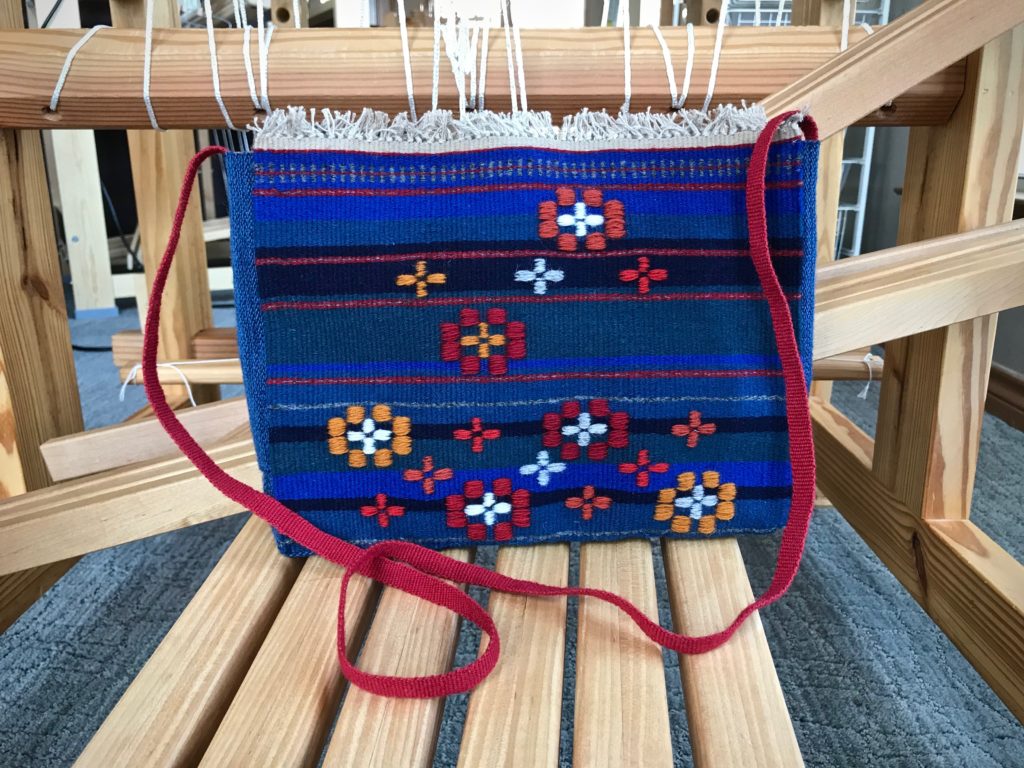Steve and I plan to return to the North Rim of the Grand Canyon this autumn. When we were there two years ago we were amazed at the rich colors everywhere. Those colors are the inspiration for this wool goose-eye twill cape. It was a joy to weave these colors on my Glimåkra Julia loom, using four shafts. The process video slideshow below will show you the project from start to finish, with a few Grand Canyon views thrown in. I made a prototype cape from dark gray felt before settling on the pattern details for my handwoven material. You will see the felt cape at the end of the film. Enjoy!
My book House of Prayer: The Compelling Argument for Unified Prayer is now available on Amazon.

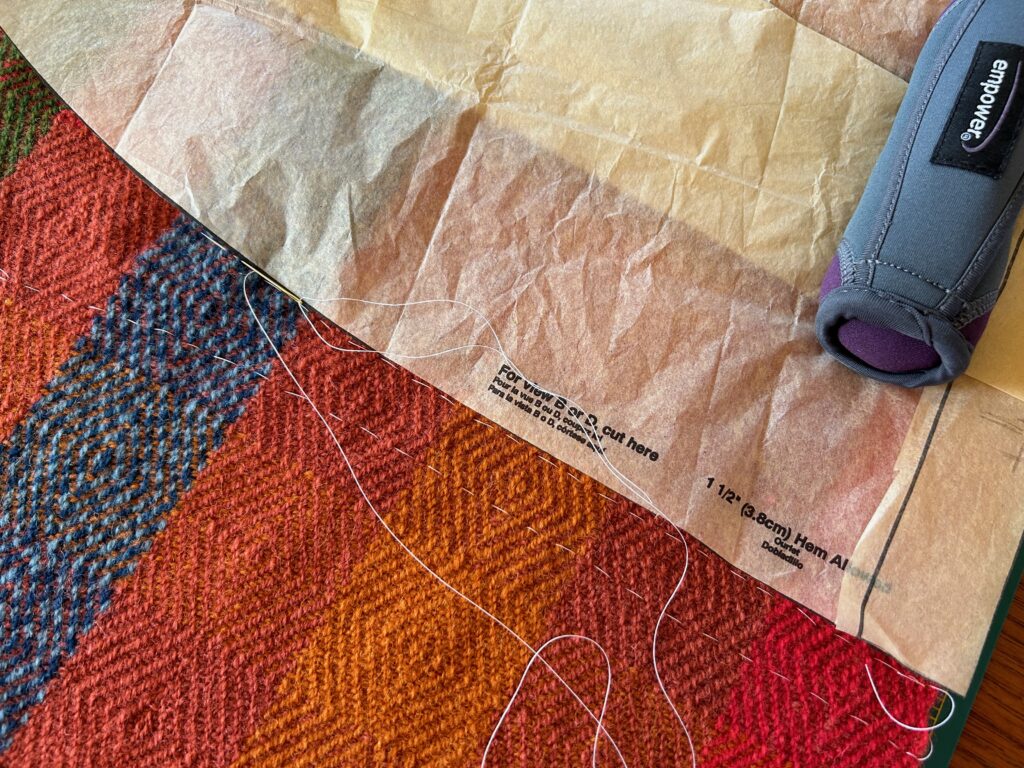
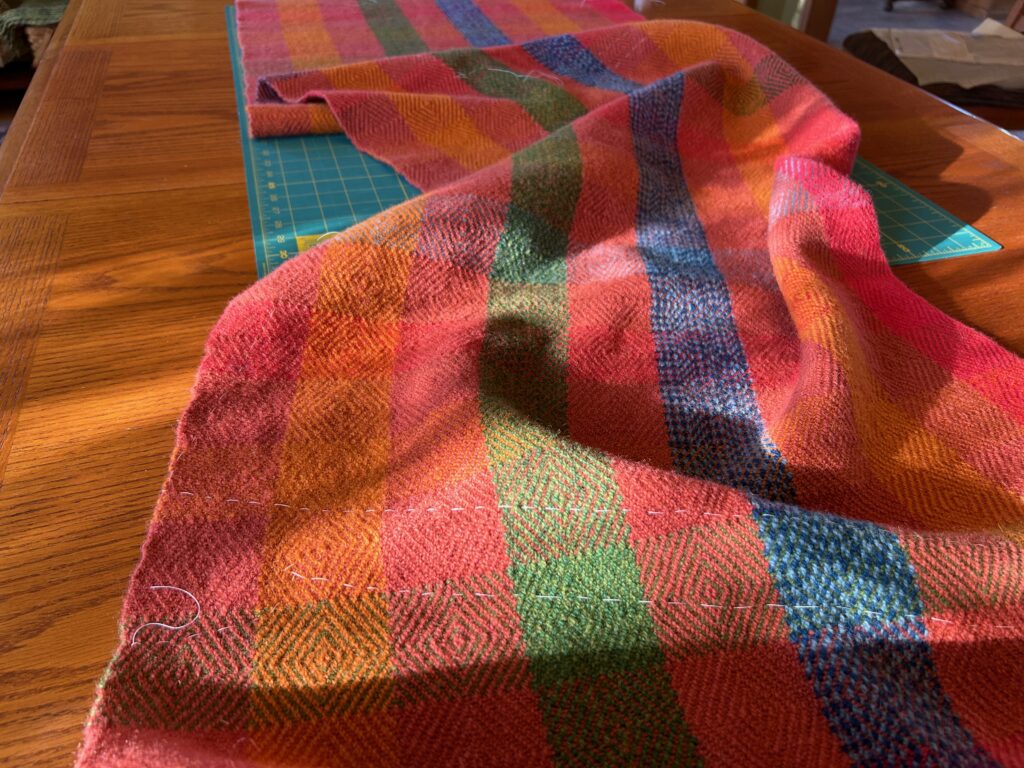
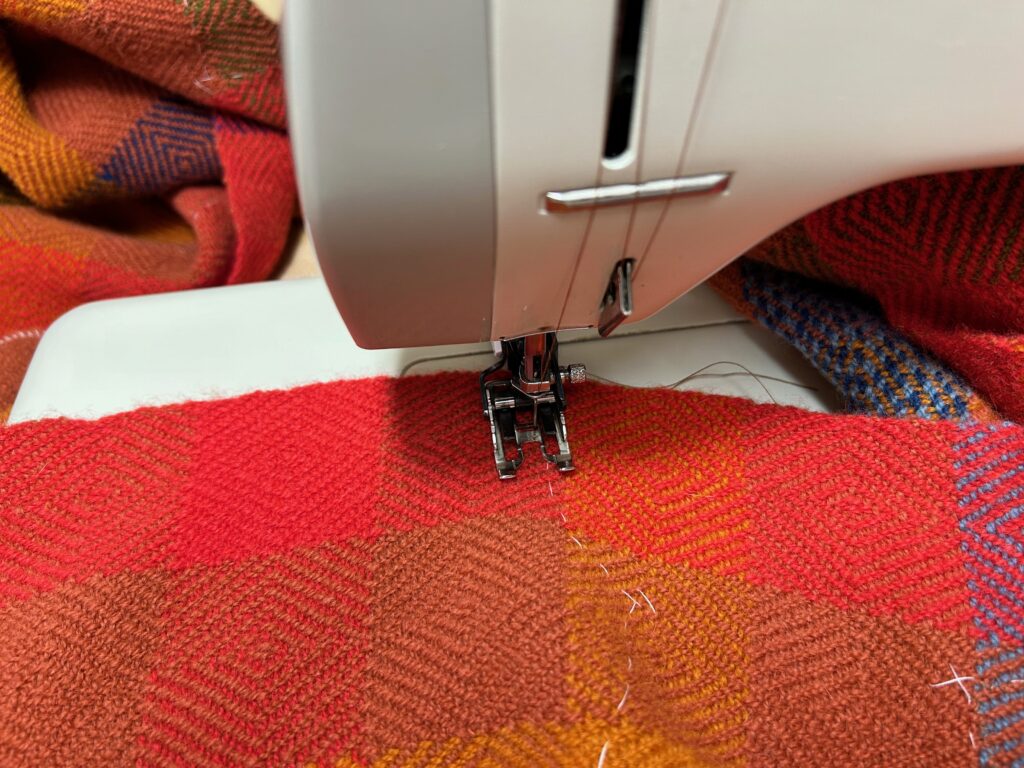
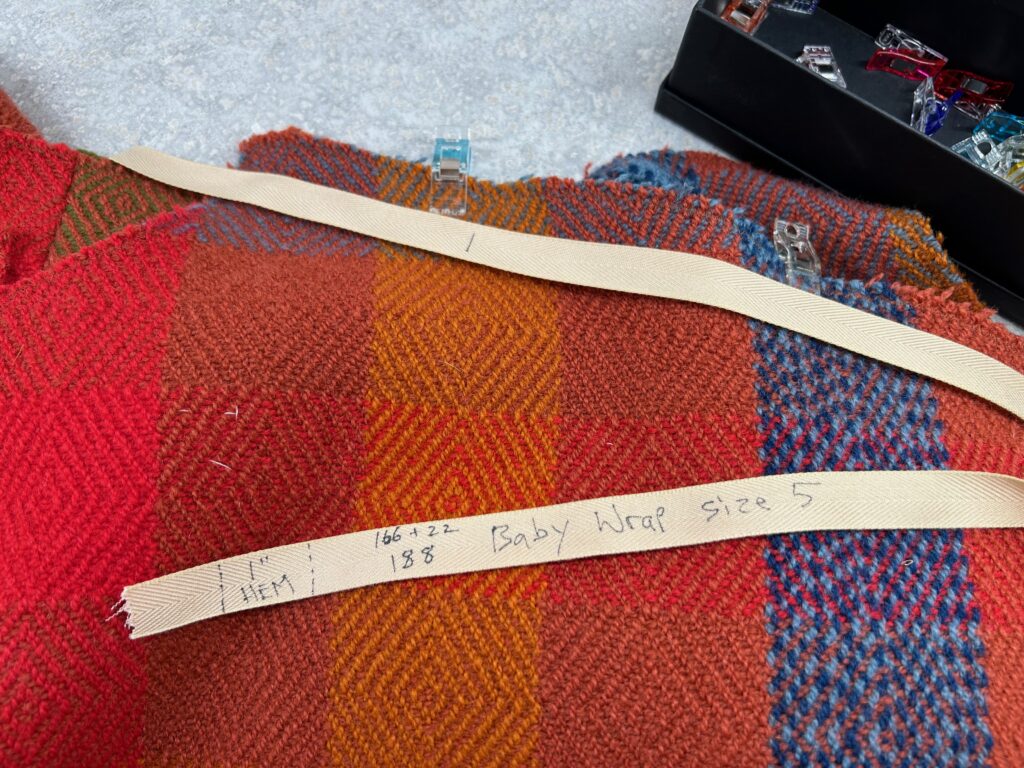
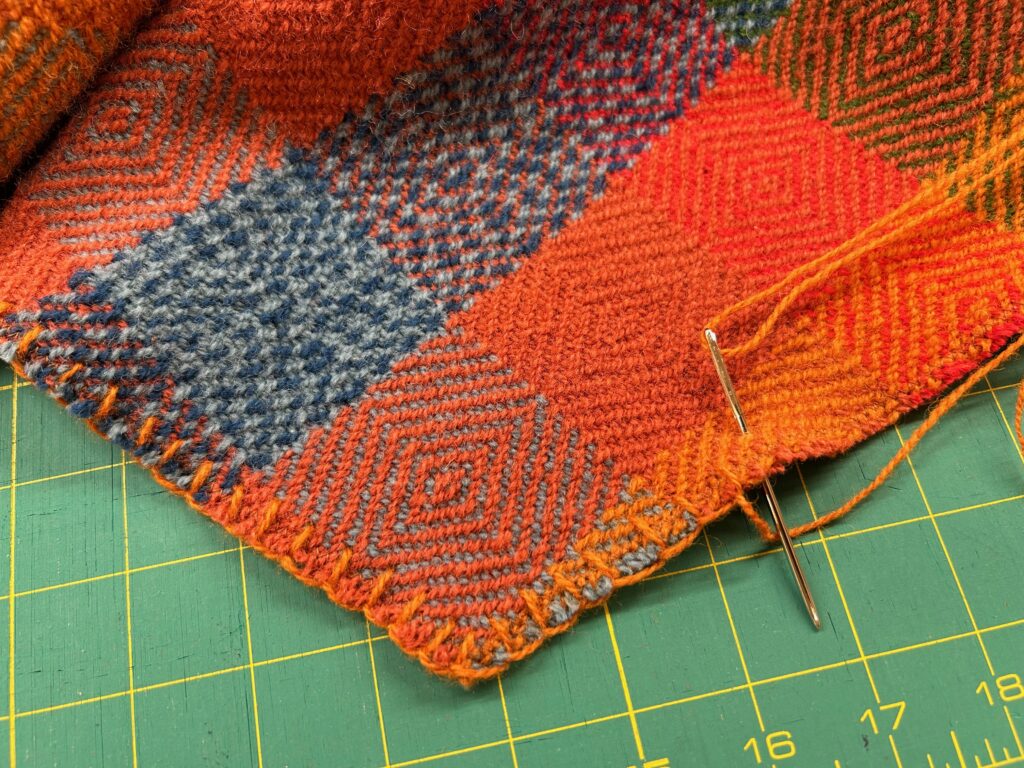
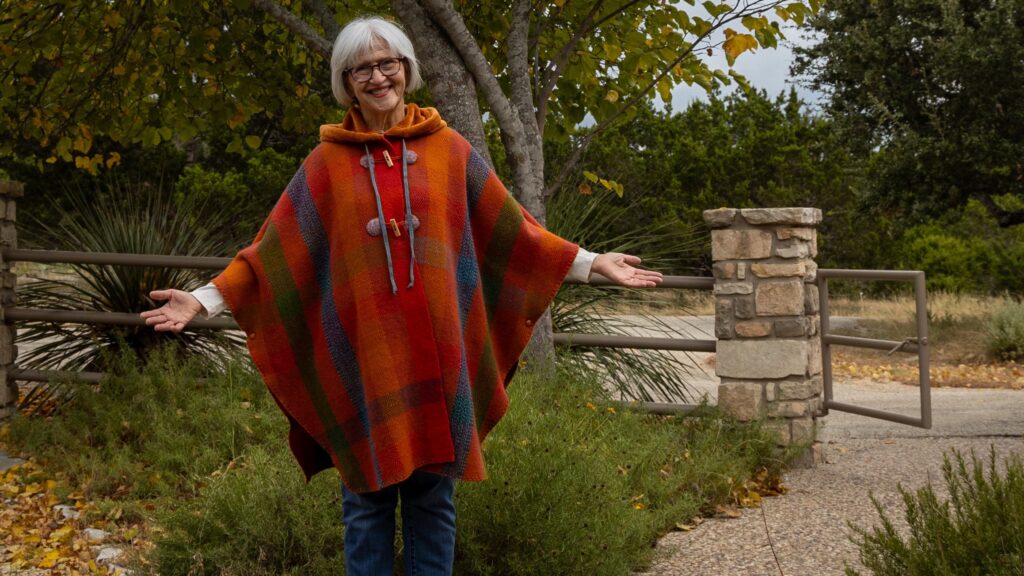
May you honor the Grand Weaver who designed the Grand Canyon in all its colors and gave it to us to enjoy.
Happy Weaving, Karen

